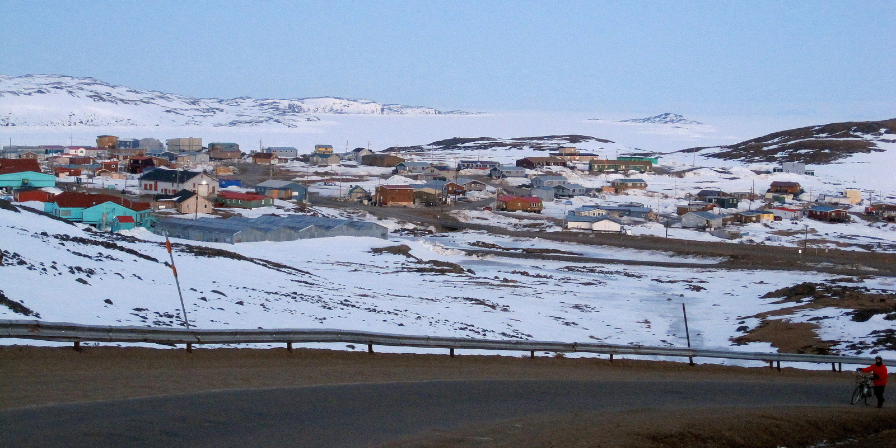Food from Thought researchers at the University of Guelph hope to help improve Canadian, and potentially global, food production.
“Our role is to clearly show all the possibilities and pathways to help policy decision-makers proceed,” says Dr. Krishna Bahadur KC in the Department of Geography, Environment and Geomatics within the College of Social and Applied Human Sciences.
He’s leading the “Exploring Novel Agricultural Frontiers” project, a wide-ranging initiative examining potential economic opportunities, societal issues and environmental trade-offs required for agricultural sustainability in Canada.
“We must try to balance producing healthy, nutritious food for a growing population using novel technologies while minimizing environmental hazards as much as possible,” he says, emphasizing that those decision-makers need to consider implications for Indigenous sovereignty and food preferences.
Early research
This research follows earlier published work by KC along Dr. Evan Fraser, director of the University of Guelph’s Arrell Food Institute, and other scientists from around the world.
In one study, researchers modelled how growing 13 global crops farther north would affect water, biodiversity and carbon storage.
“We wanted to explore the extent to which climate change in the North provides a way to adapt to the loss of productivity in the south,” says Fraser.
They found that an area equivalent to more than 30 per cent of current global farmland – or about 15 million square kilometres – could become suitable for farming, but at a price. Besides large losses of forests, biodiversity and habitat, cultivating that land could release 177 gigatonnes of carbon, or about a century’s worth of current U.S. emissions.
Research refinements
In a 2021 paper in the journal FACETs, researchers led by KC determined how much of Canada’s land could support four staple crops – potatoes, wheat, corn and soybeans – by 2080.
The team looked at climatic variables as well as soil parameters, topography and other components. One scenario limited the search for suitable land to within 10 kilometres of roads.
They found that about 4.79 billion square kilometres could be made available for agriculture. But replacing wetlands and forests would release about 15 gigatonnes of carbon into the atmosphere. Food production would also harm wildlife habitats, biodiversity and conservation lands, and involve serious implications for Indigenous land sovereignty.
“Exploring northern agricultural frontiers is a new thing. It’s very complex and you need to include many parameters, develop models, validate them and then implement them to find what areas would be suitable,” says KC.
Now refining the models, he says, “The long-term plan is to develop models for all the regions of the world.”
A cautionary tale
Fraser says scientists 20 years ago foresaw some of the impacts of climate change and that efforts should have begun then to curb its effects.
Although many parts of Canada could become arable later in this century, he says, there’s a cautionary example in the Amazon, where incremental deforestation for agriculture has devastated the region’s ecology and ecosystem services.
“In the 1970s and ’80s, no one thought that so much of the Amazon rainforest would be turned into soy cultivation.”
Referring to the North, Fraser adds, “Without careful strategy, thought and planning, this process of land use change could happen without people being aware of it.”
He hopes any discussions about adaptation to climate change and land use principles will involve consultations led by northern Indigenous communities.
This story is a part of the 2021-22 Food from Thought Annual Impact Report


